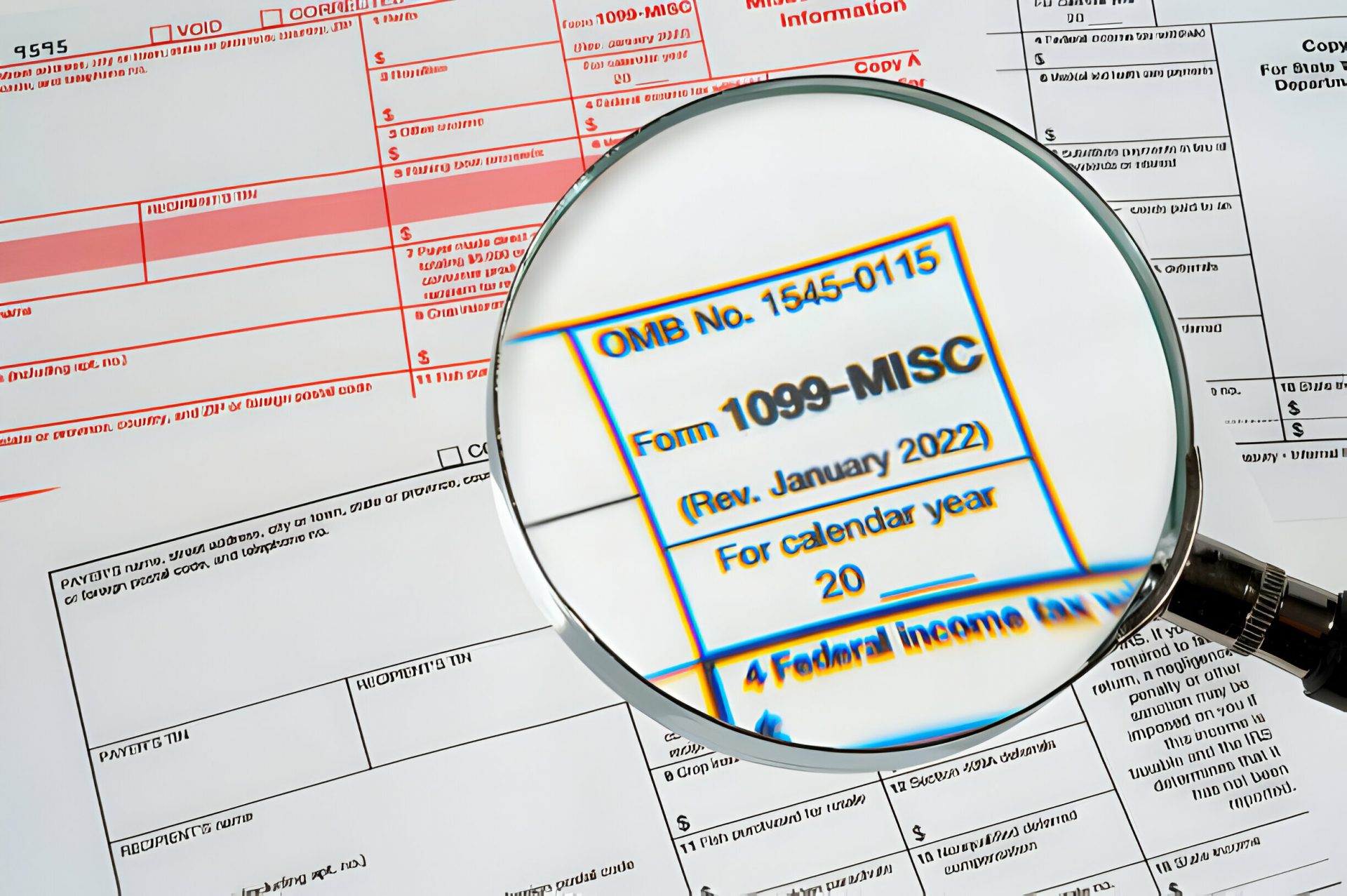Taxes
10 Tax Forms Retirees Receive—And What They Mean
Knowing what you’re getting and why is important so you can ensure that you or your tax preparer have what’s needed to file your taxes.
Feb. 06, 2024

By Evan T. Beach, EA, CFP, AWMA, Kiplinger Consumer News Service (TNS)
I’m an IRS enrolled agent, which sounds (sort of) cool and scary. What it actually means is that I am licensed by the IRS to prepare taxes and represent taxpayers, which is not cool or scary. The reality of the situation is that I have the same feelings of unhappiness and annoyance you do every time tax season rolls around. And here we are again …
The tax forms have started arriving, increasingly by email. Most of our clients either put everything in a folder, virtual or paper, and hand it over to an accountant or upload it to TurboTax and hope for the best. The heavy lifting and planning for retirees is the work we do before December 31. So, by the time the forms come, it’s more of an administrative task.
It’s important for you to understand what you’re handing over, mostly so you know if you’re missing something. The volume of tax returns prepared by most CPAs means that they are not going to notice if something is missing. Here are the most common tax forms you, our clients, are receiving:
1098: These are some of the earliest to arrive. They document deductible interest, most commonly in the form of a mortgage. An important note here: When you refinance, you will have two different 1098s for the calendar year. If you don’t file both, you will not be taking the largest possible deduction.
1099-NEC: You’ve probably heard the question (not from me, I hope), “Are you 1099 or W-2?” This is just tax jargon for whether you are an employee or an independent contractor. Independent contractors will receive a 1099-NEC for their work. Most of my public-speaking engagements are reported on this form. If you are doing limited consulting engagements and earn more than $600 in any calendar year, you will receive a 1099-NEC.
1099-R: First year of RMDs? First year of retirement? Made a Roth conversion last year for the first time? Welcome to 1099-R, which captures all sorts of distributions that you will likely pay income tax on.
A common exception to the income tax statement above is a direct rollover. If you rolled money directly from an employer-based plan into an IRA, this would also generate a 1099. This can be scary, as it’s not uncommon that they are a few million bucks. If Box 7 shows code G, the transaction is non-taxable.
SSA-1099: If you’re collecting Social Security benefits, guess what: They’re taxable! However, they’re not quite as taxable as the category above. Social Security benefits for most of our clients are 85% taxable. This does not mean you pay 85% in taxes.
Here’s an example: You receive $30,000 in Social Security benefits. That amount goes on Line 6a of your tax return (Form 1040). Then, on Line 6b, you enter $25,500 (85% of your benefits). Line 6b is what you actually pay taxes on, based on whatever your income tax bracket is.
1099-INT: Interest is back, baby! Just don’t forget to pay Uncle Sam his share. This form reports interest income from banks or brokerage accounts, including CDs. If you earned $10 or more in interest in a calendar year, you receive a 1099-INT.
Believe it or not, there are still plenty of accounts at big banks paying no interest. If you can’t find a 1099-INT from a bank account, I suggest that you move your money somewhere that pays you.
1099-DIV: This reports dividends paid inside of taxable accounts: individual, joint and revocable trusts. Whether or not these dividends are reinvested, they are taxable in the year received.
1099-B: This documents transactions in any given year. Crushed it with Nvidia (NVDA) last year? 1099-B. Lost your shirt with Moderna (MRNA) or Pfizer (PFE)? 1099-B. These transactions then get consolidated onto a Schedule D.
1099-MISC: Sort of a catch-all that catches less than it used to. This used to include income that is now reported on 1099-NEC. Now it is used to report rents, prizes and awards, and other nonemployee compensation.
Composite 1099: Thank goodness for the composite! Think of this as a book and the 1099-INT, 1099-DIV, 1099-B and 1099-MISC as its chapters. The composite combines these four and is common at most brokerages. Therefore, most brokerage accounts will have just one 1099 that you need to send along to your tax preparer, or upload, in any given year.
K-1: This is income passed through to those who hold interests in a business. They are the bane of a CPA’s existence because they notoriously arrive later than everything else. K-1s are most commonly associated with ownership of a business, partnership or trust income. If you are receiving a K-1 but don’t think you have any of the above, it is probably the result of an alternative investment.
All of these forms then get moved over to schedules and consolidated on the Form 1040. Confused? I understand. If you’re looking for a way to get organized, this is a free tool that you can use to build out your balance sheet. Once you have built out the balance sheet, those accounts under cash should have a 1099-INT. Those listed under “non-qualified” (just jargon for non-retirement) should have a 1099 composite. Any money movement in the “qualified” accounts will be reported on a 1099-R.
Fingers crossed for a refund!
ABOUT THE AUTHOR:
Evan T. Beach, EA, CFP, AWMA, is president of Exit 59 Advisory.
______
All contents copyright 2024 The Kiplinger Washington Editors Inc. Distributed by Tribune Content Agency LLC.
